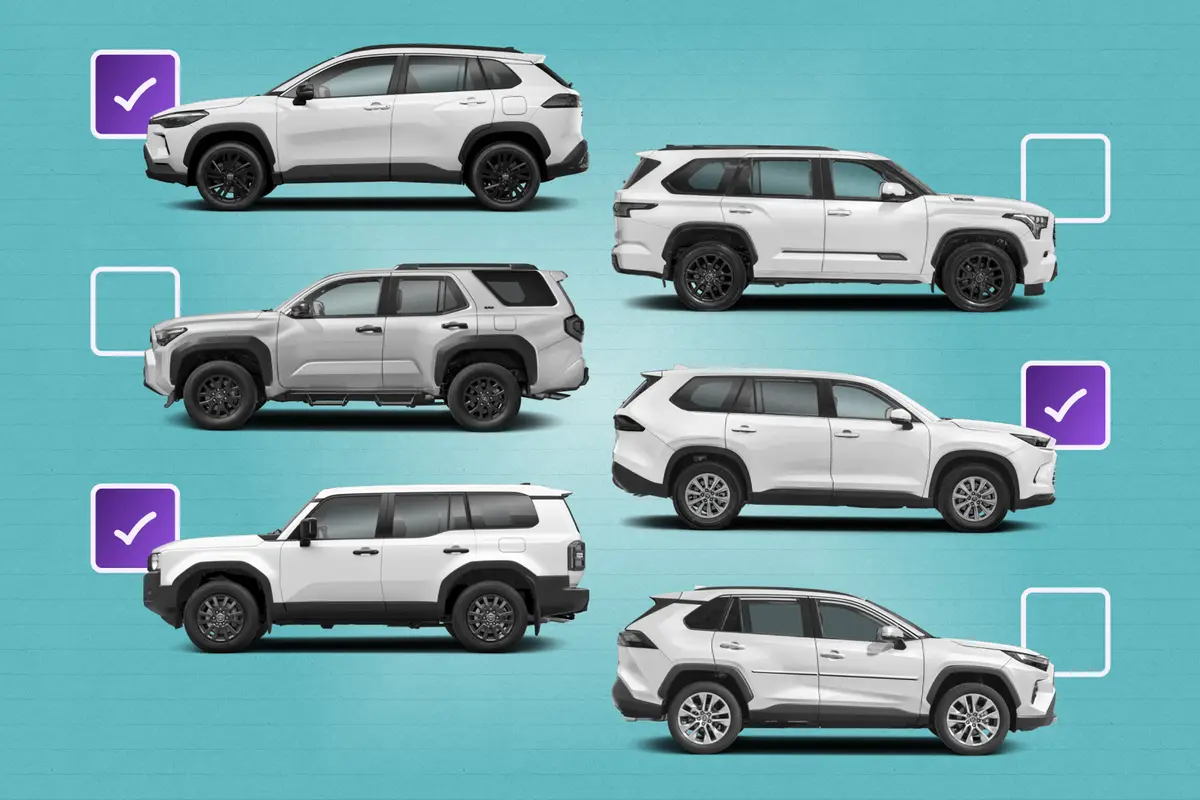How Do Car Seats Fit in a 2026 Hyundai Ioniq 9?

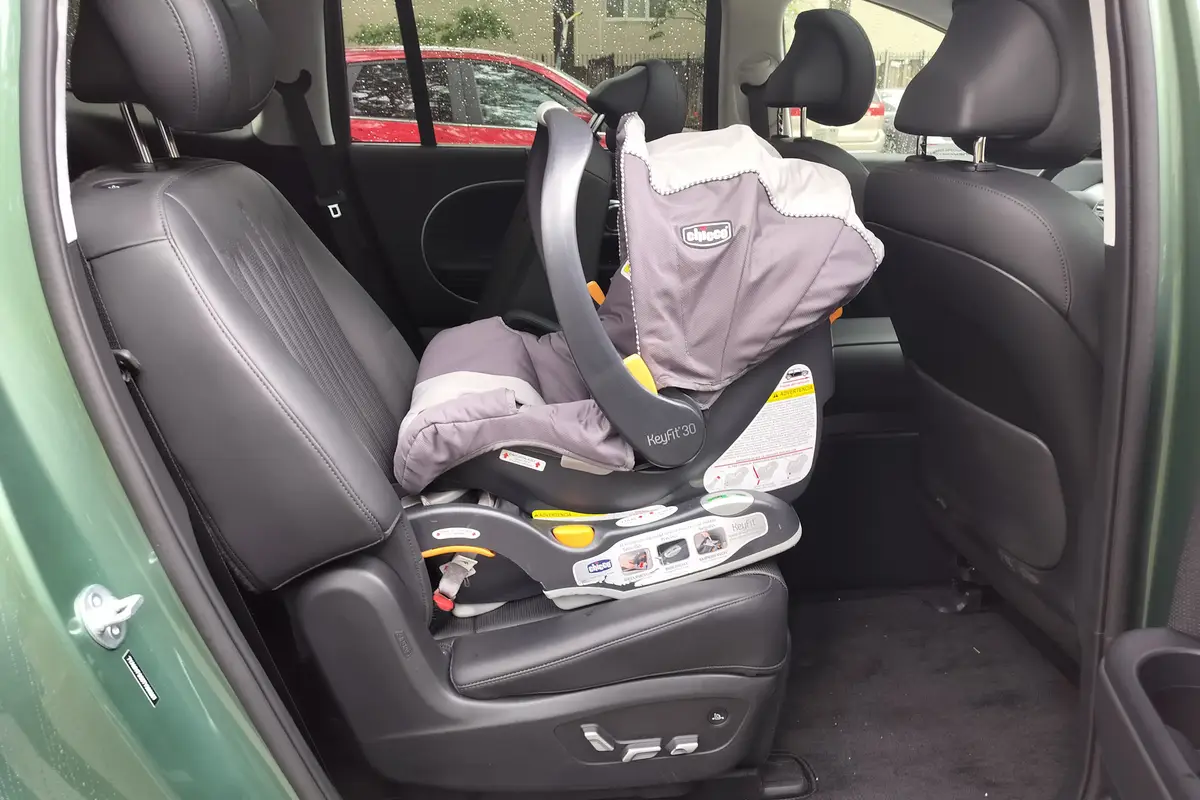
The verdict: Hyundai entered the three-row electric SUV market with the 2026 Ioniq 9. For this Car Seat Check, we tested the top Calligraphy trim with seats for six on second-row captain’s chairs and a two-seat third row (the Ioniq 9 can also seat seven via a second-row bench seat). Overall, it scored well thanks to easy Latch anchors and ample legroom; we struggled with the third-row head restraints, however.
Does it fit three car seats? No; we tested a variant with second-row captain’s chairs.
Take a look at how the Latch system and each car seat scored below in our Car Seat Check of the 2026 Hyundai Ioniq 9.
Related: Search Car Seat Checks
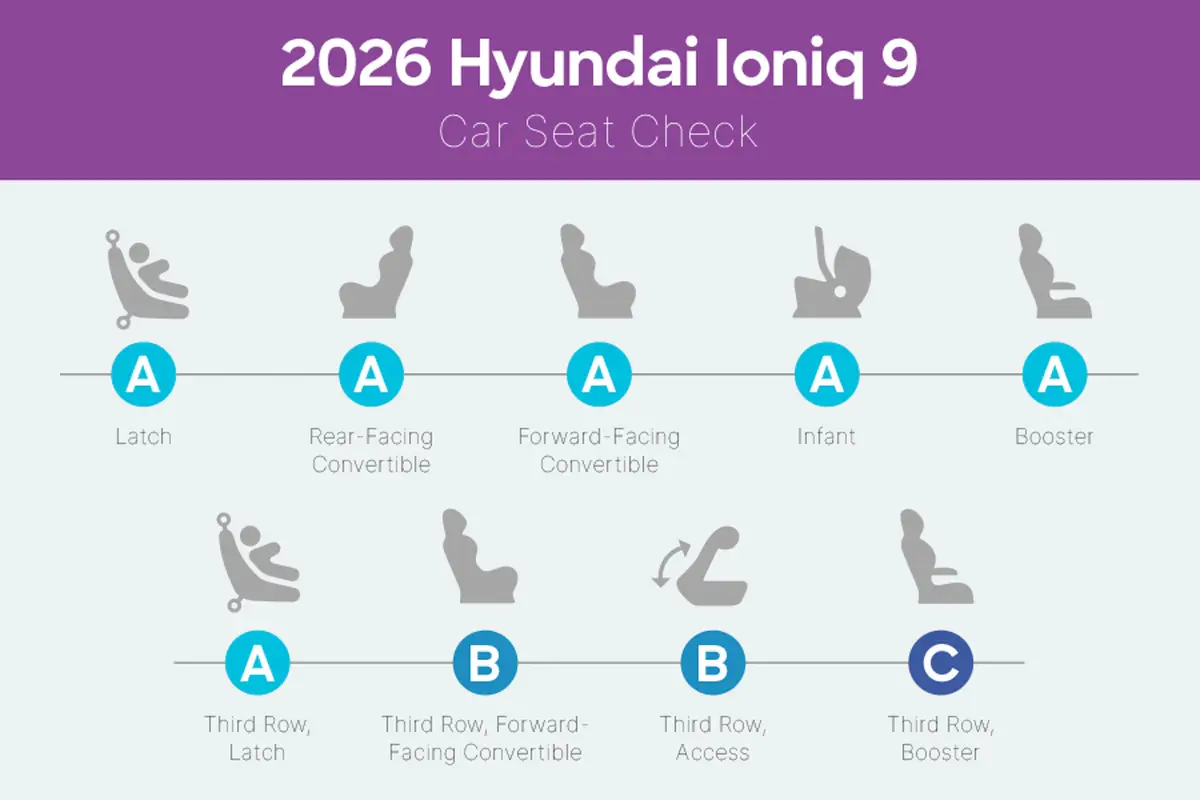
Latch: Grade A
In the second row, the two sets of lower anchors are exposed for easy access and connection. Two top tether anchors sit midway down the seatback; they’re clearly marked and easy to use.
Infant Seat: Grade A
This seat was easy to install, and our 5-foot-7-inch front passenger had plenty of legroom in front of it.
Rear-Facing Convertible: Grade A
As with the infant seat, the rear-facing convertible went in easily and fit well.
Forward-Facing Convertible: Grade A
The forward convertible was easy to install and fit well after we removed the head restraint to situate it flush on the seatback.
Booster Seat: Grade A
The booster fit well once we removed the head restraint, and it should be easy for kids to buckle up independently thanks to the Ioniq 9’s stable buckles.
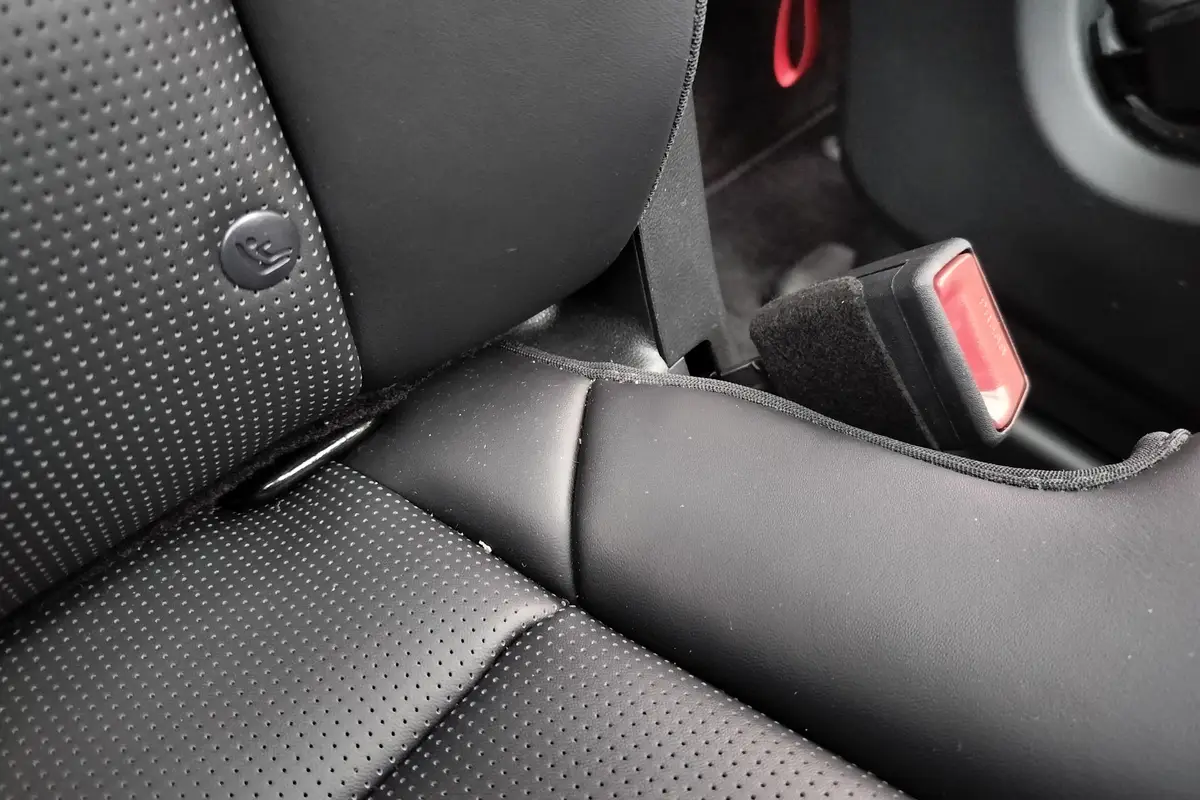
Third-Row Latch: Grade A
The two sets of lower anchors are exposed for easy access and connection. Two top tether anchors are also exposed midway down the seatback.
Third-Row Entry: Grade B
Our Calligraphy-trim Ioniq 9 had a one-touch power button that slid the second-row captain’s chairs forward, but the sliding took a long time and the opening was on the smaller side. Passengers can also use the pass-through between the seats to get to the third row, however.
Third-Row Forward-Facing Convertible: Grade B
We had no trouble with the Latch connections, but the fixed head restraint pushed the car seat off the seatback; it should sit flush against it. We also had to route the top tether strap over the head restraint, per the owner’s manual; check your car seat owner’s manual for its recommendations.
Third-Row Booster Seat: Grade C
The booster did not fit well; the third row’s fixed head restraint pushed it off the seatback, and the floppy buckles will likely be tough for kids to grasp and use independently. In addition, there is very little legroom in the third row when the second-row seat is pushed all the way back.
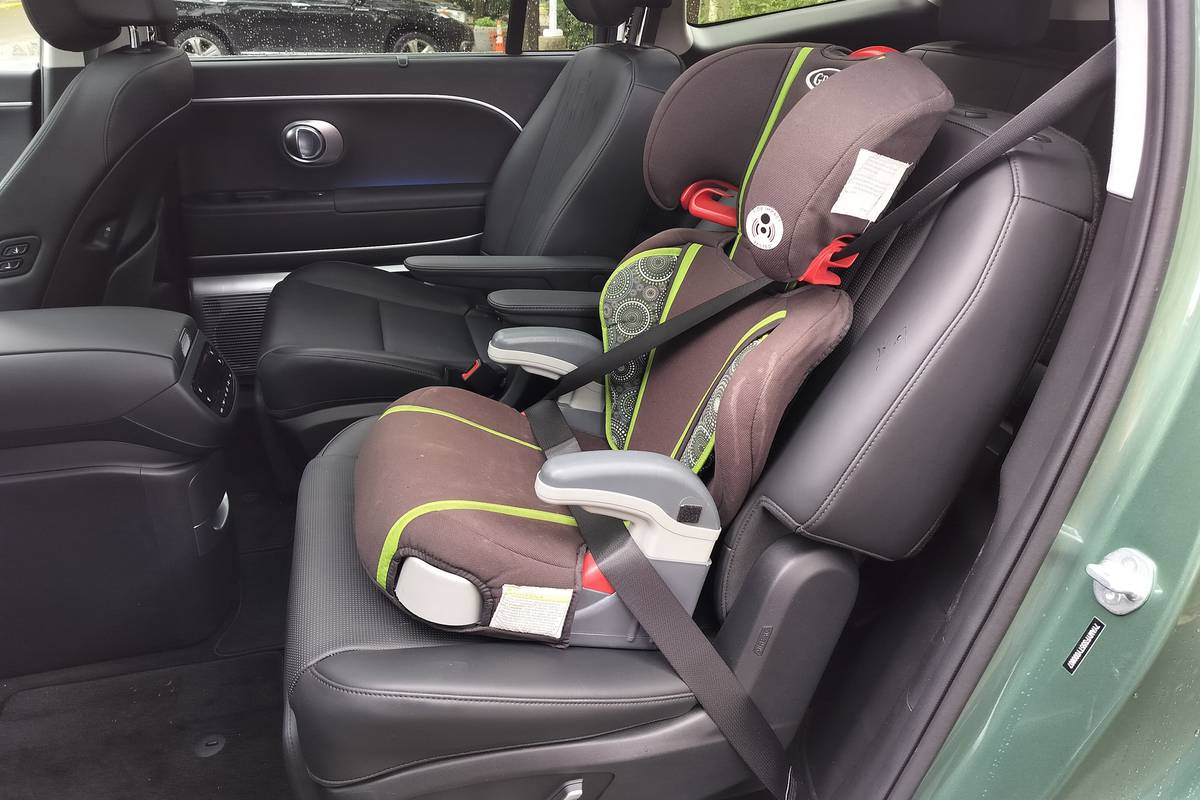
Grading Scale
A: Plenty of room for the car seat and the child; doesn’t impact driver or front-passenger legroom. Easy to find and connect to Latch and tether anchors. No fit issues involving head restraint or seat contouring. Easy access to the third row.
B: One room, fit or connection issue. Some problems accessing the third row when available.
C: Marginal room plus one fit or connection issue. Difficult to access the third row when available.
D: Insufficient room, plus multiple fit or connection issues.
F: Does not fit or is unsafe.
About Cars.com’s Car Seat Checks
Editors Jennifer Geiger and Jennifer Newman are certified child safety seat installation technicians.
For the Car Seat Check, we use a Chicco KeyFit 30 infant-safety seat, a Graco Contender 65 convertible seat and Graco TurboBooster seat. The front seats are adjusted for a 6-foot driver and a shorter passenger. The three child seats are installed in the second row. The booster seat sits behind the driver’s seat, and the infant and convertible seats are installed behind the front passenger seat.
We also install the forward-facing convertible in the second row’s middle seat with the booster and infant seat in the outboard seats to see if three car seats will fit; a child sitting in the booster seat must be able to reach the seat belt buckle. If there’s a third row, we install the booster seat and a forward-facing convertible. Learn more about how we conduct our Car Seat Checks.
Parents should also remember that they can use the Latch system or a seat belt to install a car seat, and that Latch anchors have a weight limit of 65 pounds, including the weight of the child and the weight of the seat itself.
Cars.com’s Editorial department is your source for automotive news and reviews. In line with Cars.com’s long-standing ethics policy, editors and reviewers don’t accept gifts or free trips from automakers. The Editorial department is independent of Cars.com’s advertising, sales and sponsored content departments.

News Editor Jennifer Geiger joined the automotive industry in 2003, much to the delight of her Corvette-obsessed dad. Jennifer is an expert reviewer, certified car-seat technician and mom of three. She wears a lot of hats — many of them while driving a minivan.
Featured stories
